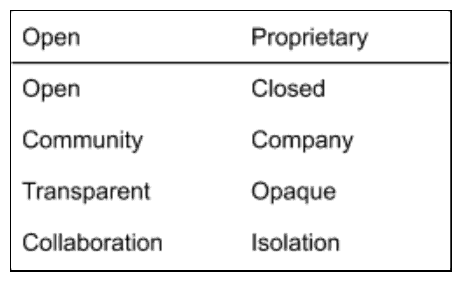Everybody today wants a microgrid even though most people don’t exactly understand what that means. Like the time I ordered my first cappuccino from Starbucks. It sounded cool and I’d seen other people getting them. After my first sip, I complained to my friend. “This is nothing but foam!” His response was classic. “That’s what it is, you numbskull.” (What a good friend.)
So what is a microgrid? In layman’s terms, it’s a section of the “macrogrid” that can electrically separate and operate independently, like an island in this ocean of grid. Actually it’s more than that because islanding is a rare occurrence. A microgrid primarily delivers value by becoming an ideal customer for the electric utility. An ideal customer helps to balance voltage and frequency and provides a steady load or adjusts load as needed to optimize the rest of the grid. A microgrid is different from installing a backup generator that only operates when the macrogrid has an outage. A microgrid operates most of the time to be this ideal utility customer and on rare occasions can provide resiliency for critical loads.
There are many benefits to microgrids, some more simple than others. Essentially, when engineers design a microgrid, they have to do all the analysis they normally do for any macrogrid design: load estimations, wire sizing, protection schemes, etc. Many microgrids also integrate renewable resources to take advantage of low (i.e., zero) fuel costs and reduce greenhouse gas emissions. This adds resiliency but also complexity. The good news is there are consultants, software packages, vendors and conferences to help you overcome these design challenges. (And if you are one of these consultants or vendors, keep reading for an opportunity to grow your business.)
After the design phase, the microgrid needs an operating system to manage loads, generation and power quality. Again, just like the electric utilities have operation centers to monitor and manage the macrogrid, a microgrid needs a similar control system. Not one as complex or vast, but with very similar functionality and more automated with very limited human intervention. It’s sophisticated software managing a complex situation.
Most microgrid controllers today use proprietary software and a centralized control scheme. Centralized control means there is a master controller that sends signals (via wires or wireless) to other devices in the microgrid. Those devices (e.g., solar panels, building HVAC systems, smart breakers, voltage sensors, generators, etc.) then reply back with data that the software uses to control the system based on setpoints and optimization algorithms.
However, there is a different approach to microgrid control software that has certain advantages. Rather than one master controller, what if each device in the microgrid operated independently in coordination with the other devices? Imagine a flock of birds that flies together rather than a drill sergeant commanding a platoon. This decentralized control method is more robust, faster, and easier to expand than a centralized controller while providing the same features like energy management, voltage and frequency stability, and cost optimization.
At NC State, researchers at the FREEDM Center have been leading the development of decentralized control algorithms. FREEDM stands for Flexible Renewable Electric Energy Delivery and Management. Founded in 2008 with a large grant from the National Science Foundation, our research expands opportunities for renewable energy integration, electric vehicle deployment, and power electronics applications. We build hardware and software in a state-of-the-art lab on Centennial Campus. Not only are we building decentralized microgrid controllers, we’re building them with open source software.
What is open source software? OSS is software where the source code is available to anyone to inspect, modify, and enhance. Your internal cybersecurity ringer may have just sounded, but don’t worry, that is a false alarm. One of the main benefits of OSS is a faster development cycle and greater security due to more rapid bug fixes. These are both enabled by the large community of developers who contribute code to the project. More coders means more eyeballs to catch errors and vulnerabilities. OSS also allows users to avoid being locked in to a single vendor, and it opens new revenue streams for vendors who build OSS applications.
Open source is “open” but it’s not “free.” Companies that would normally purchase proprietary, closed software must now invest in programmers who can maintain their open source systems. This tradeoff between direct expense and increased headcount results in lower overall costs and provides much greater flexibility and higher quality.
And here is your call to action: help FREEDM build new microgrid applications. Our decentralized microgrid controller is just one platform in a suite supported by LF Energy, a new project of the Linux Foundation. The goal of LF Energy is to apply the transformative power of open source software to electric utilities to accelerate the transition to a decarbonized grid. Achieving this lofty goal will require thousands of coders to build new apps for these platforms. FREEDM is looking for companies and individuals interested in learning more about our platform and to grow the community of developers who want to change the world. If you are a smart engineer or you know one, then join our Open Source Mailing List and learn more about LF Energy here.

